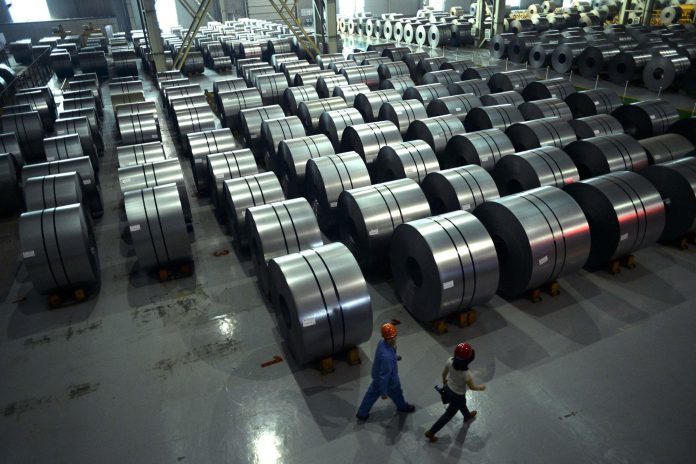Google-backed analytics provider Canvass Analytics has signed with the two “largest industrial automation companies” to resell its takeaway AI solution for industrial companies.
The Toronto-based firm, founded in 2016, is focused on advanced analytics for optimising assets, processes, and energy usage in industrial firms. Its pitch is that it makes these analytics functions usable and scalable for operatives on the ‘shop floor’, itself, and not just for data scientists outside of the factory.
The company closed a $5 million investment round in April last year, led by Google’s AI-focused venture fund Gradient Ventures. It has just deployed reinforcement learning on its platform with a customer, giving intelligent control of certain of its production processes, it said.
In a briefing at PI World 2019 in Gothenburg this week, Humera Malik, the company’s chief executive and founder, explained: “One of the things we have tried to do is not to focus necessarily on trying to build more data scientists, but how to transform the operator, the users, and give them the ability [to handle industrial AI]. We’ve taken the science out of the data science, and built engineering around it.
“That’s where we have our (pending) patents — around how to offer user-free enforcement learning and continuous process optimisation, and forecasting for time-series data. That’s what we focus on — how to make AI usable and repeatable and scalable in these environments. We have a team of data scientists, but a lot more come from engineering.”
Malik said the industrial sector has been blocked in its pursuit of new operational intelligence by the heavy-handedness of large tech conglomerates, with little knowledge of plant operations and little sense of how to deploy industrial AI in an easily “usable and scalable” manner.
Malik commented: “I used to run a company that was doing a lot of instrumentation in these industrial plants, and it bothered me that hundreds and millions would go on contracts [with very large industrial tech providers], and 18 months later they were still going through data discovery. I just went to solve a problem.”
To date, Canvass Analytics has signed 12 customers, with varying numbers of users. Ontario-based steel manufacturer Stelco is one. Others have not been named, although its takeaway AI is geared to process-driven manufacturing. It has not revealed the identity of the big industrial automation companies it has partnered with, but the field is narrowed by its description of them.
Malik commented: “These are the largest industrial automation companies. They’re using our platform. We will see how that rolls out by early next year. It’s a joint venture [with them]. Right now, our contract goes with their contract into the customer, and the customer signs both.”
She suggested the industrial IoT sector’s error has been to give control to IT departments, instead of OT teams. The Canvass Analytics platform allows factory operators to ingest new and existing data from their production environments, sort through the relevant data sets, and stipulate the set points to trigger alarms and insights about their operation.
They can do this without assistance from IT departments, said Malik. Only some initial hand-holding is required to introduce the AI models and modules. OT staff are able to load and select the relevant data, make it available for training in the cloud with the required AI models, before setting the analytics to work.
Malik suggest the IT crowd must learn to relinquish control, and the OT crowd should learn to collaborate around their industrial know-how.
“People like us have to bridge the gap, but we can only do so much. There has to be a cultural shift within the organisation. IT has to let go of the idea it needs to own everything. And OT has to work together with IT. The goals are the same. Who doesn’t want to reduce costs, improve quality, and improve on the labour side?”

